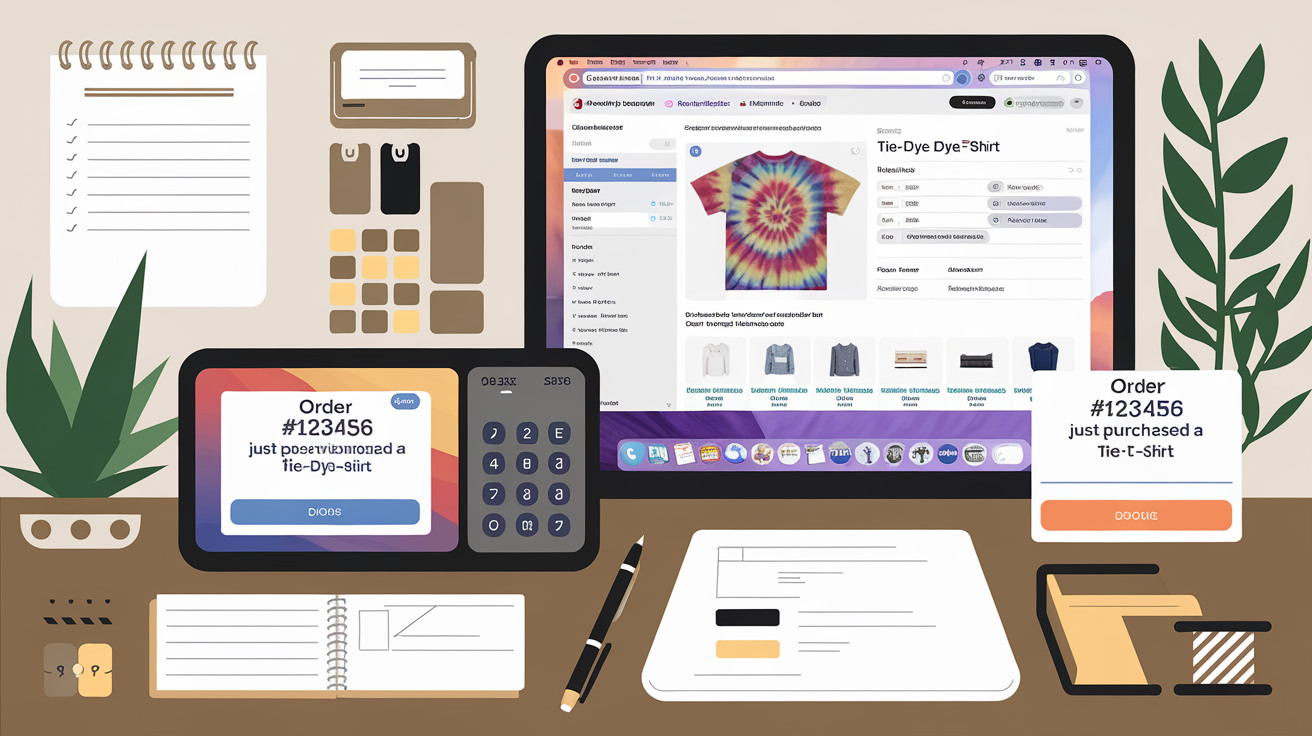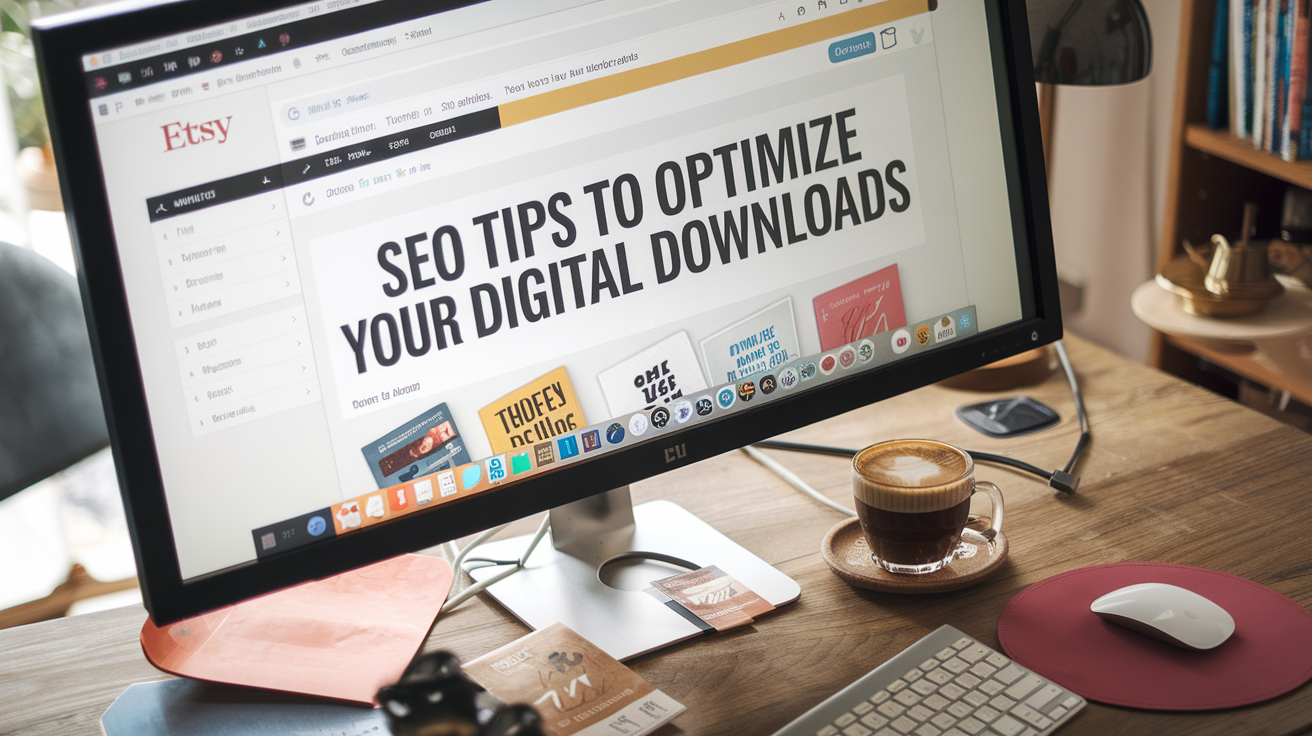

The e-book market is booming, offering unprecedented opportunities for first-time e-book authors to publish their work. However, diving into the world of digital publishing without preparation can lead to common pitfalls that might hinder their success. This blog post aims to outline these frequent missteps, providing practical advice on how to navigate and avoid them effectively.
By recognizing and addressing typical errors such as poor cover design, inadequate editing, lack of marketing, improper formatting, and failing to understand the target audience, first-time e-book authors can enhance their chances of creating a successful and professional digital publication. This guide will walk you through each of these aspects, ensuring you’re well-prepared to launch your e-book with confidence.
1. Neglecting the Importance of a Professional Cover Design
One of the most common mistakes made by first-time e-book authors is underestimating the importance of professional cover design. While it might be tempting to cut costs or rely on basic design tools, the cover of your e-book acts as the primary marketing tool and is crucial for making a good first impression. A well-designed cover not only attracts potential readers but also conveys the professionalism and quality of the content inside.
Impact of Visual Appeal: In the digital age, the visual appeal of your e-book cover is essential. Readers often scroll through hundreds of titles online, and a striking cover can make your book stand out in a crowded marketplace. It’s not just about choosing the right images and colors; the typography, layout, and overall theme must align with your genre and audience’s expectations.
Hiring a Graphic Designer: For authors not skilled in graphic design, hiring a professional can make a significant difference. A graphic designer with experience in book covers can provide insights into what works best for your niche and help translate your book’s theme into a visually appealing cover. This investment can drastically improve your book’s visibility and sales.
Using Professional Design Tools: If outsourcing is beyond your budget, consider using professional design software or platforms specifically tailored for creating book covers. Tools like Adobe InDesign, Canva, or specialized e-book cover design software offer templates and tutorials that can guide you in creating a cover that looks professional and caters to your book’s specific needs.
Final Thoughts: Remember, the cover is not just an ornament, but an integral part of your book’s marketing strategy. It should reflect the quality and the essence of your writing. Investing time and resources in creating an impressive cover can greatly influence the perceived value of your book and your success as an author. By recognizing the critical role that cover design plays, first-time e-book authors can avoid the pitfall of neglecting this crucial aspect of e-book publishing.
2. Overlooking the Need for Professional Editing
A common oversight among first-time e-book authors is the reliance on self-editing alone. While self-editing is an essential part of the writing process, relying exclusively on it can lead to missed errors and inconsistencies that detract from the reader’s experience. Professional editing is crucial in ensuring your e-book is polished and professional.
The Importance of Grammar and Flow: A study by the Global English Editing service highlights that 59% of readers will abandon a book if they encounter too many grammatical errors. This statistic underlines the importance of flawless grammar and smooth narrative flow in retaining reader interest and credibility. An editor not only corrects grammatical mistakes but also enhances the readability and coherence of your text, ensuring that it communicates the intended message effectively.
Different Types of Editing: It’s important to understand the different levels of editing available:
- Developmental Editing: Focuses on the structure and content of the book, ensuring that the plot, character development, and pacing are engaging and well-organized.
- Copy Editing: Addresses grammar, punctuation, syntax, and other linguistic details.
- Proofreading: The final stage, focusing on catching lingering typos and formatting inconsistencies before publication.
Finding the Right Editor: Choosing an editor familiar with your genre is vital, as they will have a better understanding of your audience’s expectations and the conventions you may need to follow. Resources like the Editorial Freelancers Association or recommendations from fellow authors can be valuable in finding a skilled editor who aligns with your vision and budget.
The Return on Investment: Investing in professional editing can significantly affect your e-book’s success. According to the Independent Book Publishers Association, professionally edited books see a 30% higher sales rate compared to those that are not. This return on investment comes from increased reader trust and satisfaction, leading to better reviews, higher recommendations, and more robust sales figures.
Conclusion: Professional editing is more than a mere formality; it’s a crucial investment in the quality and success of your e-book. By ensuring that your text is clear, engaging, and free of errors, you uphold a professional standard that meets reader expectations and fosters trust in your authorial brand.
3. Inadequate Marketing and Promotion
Many first-time e-book authors underestimate the importance of proactive marketing and promotion, mistakenly believing that the book will sell itself once listed online. This oversight can lead to disappointing sales and limited reach. Effective marketing is essential to ensure your book reaches its potential audience and achieves your sales goals.
Pre-Launch Strategies: Building anticipation before your e-book is released is crucial. You can start by creating a buzz through social media teasers, email newsletters, or blog posts. Consider offering a pre-order discount to encourage early purchases or releasing a sample chapter to pique interest. These tactics can help accumulate initial reviews and ratings, which are vital for visibility on publishing platforms.
Launch Day and Beyond: The launch day is just the beginning. Continuous promotion is necessary to keep the momentum going. Regular updates, engagement with readers, and participation in online discussions related to your book’s topic can maintain interest. Hosting virtual book tours, webinars, and participating in podcast interviews are excellent ways to reach wider audiences.
Leveraging Author Platforms: An author platform is an aggregated presence of your profiles and content across various channels, including social media, a dedicated website, and blogging platforms. This platform serves as the central hub for your promotional activities, helping you establish credibility, connect with readers, and market your e-book more effectively.
Utilizing Reader Reviews: Encourage readers to leave reviews by offering incentives, such as access to exclusive content or future discounts. Reviews play a critical role in influencing potential buyers and improving your e-book’s visibility through better rankings on digital publishing platforms.
Advertising and Promotions: Paid advertising on platforms like Facebook, Amazon, or Google can significantly enhance your book’s reach. Tailor your ads to target specific demographics that align with your book’s genre and content. Additionally, consider promotional strategies like joining book promotion sites, engaging with online book clubs, and participating in e-book giveaways.
Common Concerns and Questions:
- How much should I budget for marketing? Start with what you can afford, focusing on cost-effective strategies like social media and email marketing. As your revenue grows, reinvest a portion into expanding your marketing efforts.
- What if I don’t have a large following? Begin by building connections within communities related to your book’s topic. Engage with these communities by sharing valuable content and participating in discussions.
- How long should I focus on marketing my e-book? Effective marketing is an ongoing effort. Continue to promote your book as long as you want it to sell, adapting your strategies as you learn what works best for your audience.
By actively engaging in these marketing strategies and addressing common concerns head-on, first-time e-book authors can greatly increase their chances of success, turning potential readers into loyal fans.
4. Ignoring Formatting and Layout Guidelines
Formatting and layout are critical aspects that first-time e-book authors often overlook, resulting in a product that can be difficult for readers to navigate and enjoy. Proper formatting not only enhances readability but also ensures compatibility across various e-reading devices and platforms.
Understanding E-Reader Compatibility: E-books need to be correctly formatted to display properly on devices like Kindles, iPads, and other e-readers. Each device may have different formatting requirements. For example, Amazon’s Kindle uses a proprietary format, whereas other e-readers might use ePub. This technical aspect can be daunting but is essential for a professional reading experience.
Common Formatting Errors: Some typical errors include poor paragraph alignment, inconsistent font sizes, and inappropriate margins. These can distract from the content and make the e-book appear unprofessional. Additionally, issues like broken links, non-responsive images, and lack of a clickable table of contents can frustrate readers.
Tools and Resources for Formatting: Various software tools, such as Calibre, Adobe InDesign, and Scrivener, are designed to help authors format e-books efficiently. These tools can automate many aspects of the formatting process, ensuring consistency and compatibility across all devices.
Professional Formatting Services: For those who find the task too technical, professional formatting services are available. These services can handle all aspects of e-book formatting, delivering a polished final product that reflects well on the author and enhances the reader’s experience.
5. Failing to Identify and Connect with the Target Audience
A common mistake made by first-time e-book authors is not clearly identifying and connecting with their target audience. Understanding who your readers are can significantly impact how you write, market, and sell your book.
Defining Your Audience: Start by identifying demographic factors such as age, interests, and reading habits of your potential audience. This understanding can guide your writing style, content choices, and marketing strategies, making them more effective and targeted.
Audience Research Techniques: Engage with potential readers through social media, forums, and blogs related to your book’s topic. Surveys and feedback from early readers can also provide critical insights into audience preferences and expectations.
Tailoring Content to Audience Needs: Once you understand your audience, tailor your content to meet their expectations and needs. This could involve adjusting the complexity of language, the types of examples used, or even the depth of detail in certain topics.
Marketing to Your Audience: Use the channels where your audience is most active. For younger readers, platforms like Instagram and TikTok might be more effective, whereas older audiences may be more accessible through Facebook or email newsletters.
Conclusion: By avoiding these common mistakes in formatting and understanding your audience, you can significantly improve the professional appearance of your e-book and strengthen your connection with your readers. This not only enhances their reading experience but also boosts your book’s overall success in a competitive market.
Through careful attention to these areas, first-time e-book authors can overcome typical obstacles and achieve a successful publication, maximizing both reader satisfaction and sales potential.









































































